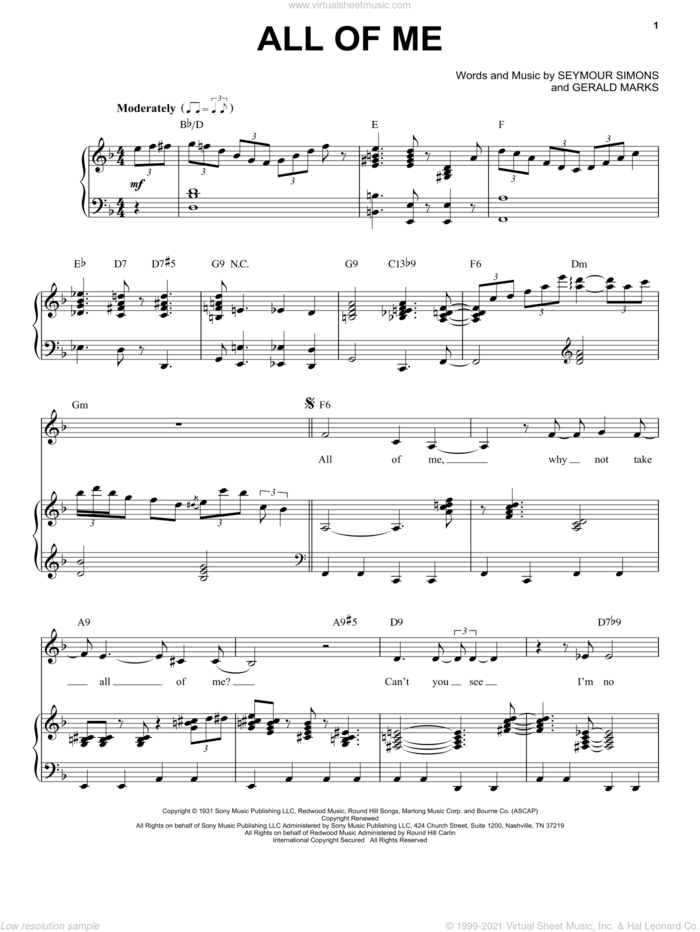

The staff is made up of two clefs, the treble clef and the bass clef. Each clef tells the musician which hand they should use to play each note. When your accuracy and confidence improves through the octave exercise you should be able to stop rolling chords during performance.Click Here to download a PDF version of the Piano Note Chart. In actual performance you need to strike chords without any delay. You can do it, but you need to execute that at performance speed. As I said before, I expect you can play a simple chord. When you really visualize the target only then make the actual move. Try actually looking at them before you put your hands on them. Visualize the keys you will be hitting in the new octave. and just move through the circle of fifths or transpose up/down chromatically.ĭon't go faster than you can manage.

I method I used to improve in this area was to play basic two chord changes repeated at octaves, like this. and adds an embellishment not in the score. But the down side is it works around the accuracy issue. That buys you a bit of time to make the chord change. If you can't quite hit the whole chord with confidence and accuracy, you can get to the bass note first then role the rest of the chord. But your teacher may be objecting, because it isn't in the score.Īlso, I think rolling chords in this way can be a sort or performance strategy to work around accuracy issues. when the score doesn't actual have an arpeggio sign. Unless your teacher is being super, super sensitive to the point of absurdity, I suspect you may in effect be playing an arpeggio during performance, like this. If you were asked to play a C major chord in isolation (not as chord within a performance piece) are you really unable to strike all the notes simultanteously? It's hard for me to believe you really can't play basic chords like those and strike all the notes simultaneously. Your example piece is not absolute beginner material. Sorry if this sounds complex - it's much easier to do person to person at the piano, than it is to try to explain in words. It will be easier to try with only two notes initially, before getting too clever. To practise this, first press the appropriate keys down, then lift the whole hand, then, keeping the fingers in position, move the whole hand up and down from the wrist.

So, what's suggested is forming the chord with the fingers, but articulating from the wrist, rather than from the knuckles. If you keep the fingers that will make the chord slightly lower, back at the piano, they will press the keys first. They can be made to move together, or separately. Which it obviously is, but it won't be played as such.Īway from the piano, move your fingers from the knuckle joint. Yes, that sounds daft, but beginners sometimes think that a chord is like an extension of single notes together.

It could be that you're trying to play with your fingers, as opposed to your hand. Only a guess, as there's not a lot to go on.


 0 kommentar(er)
0 kommentar(er)
